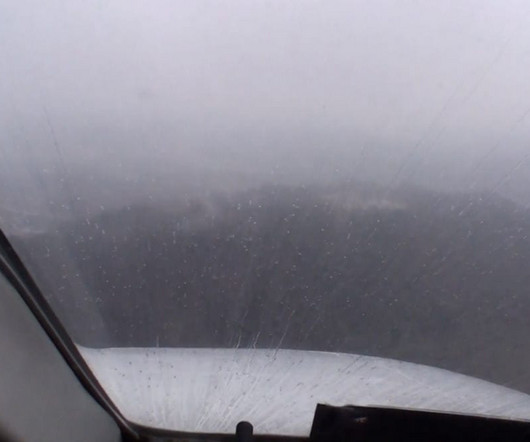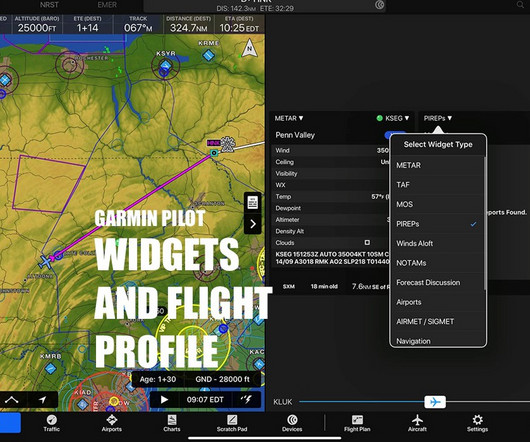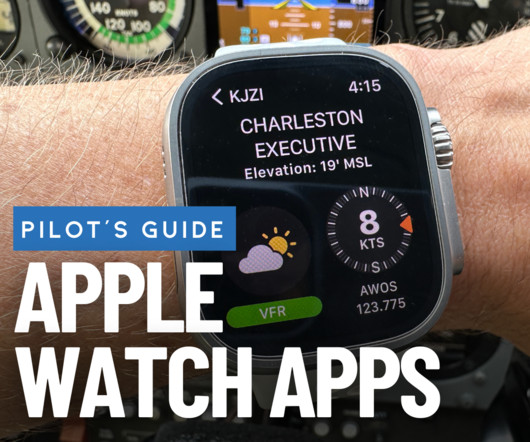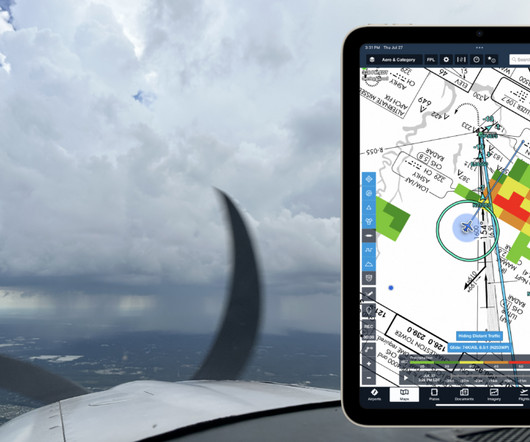Danger lurks in circling approaches
Air Facts
MAY 10, 2024
Any NOTAMS applicable? The rule of thumb is VSI = ½ groundspeed times 10. If we find ourselves rushing or cutting corners to complete the briefing, we most likely need to ask for vectors or holding to consider all the factors. How truly important is this current approach to mission success? Any aircraft inoperative items to consider?













Let's personalize your content